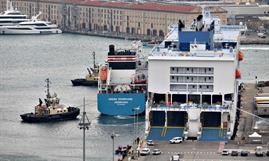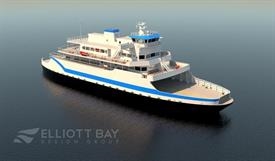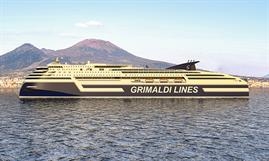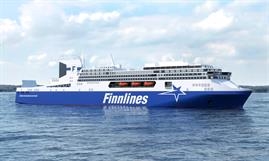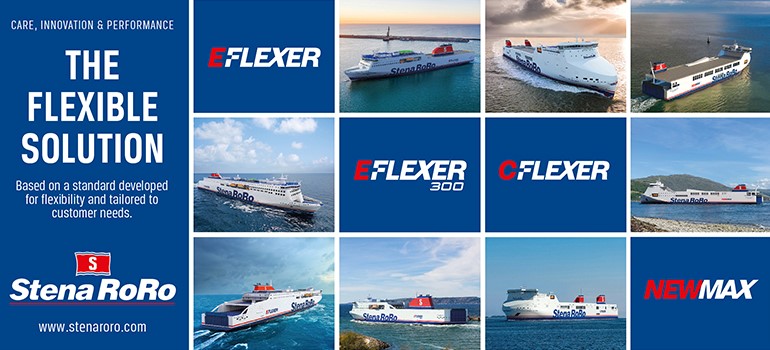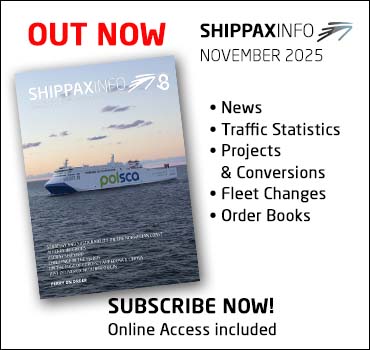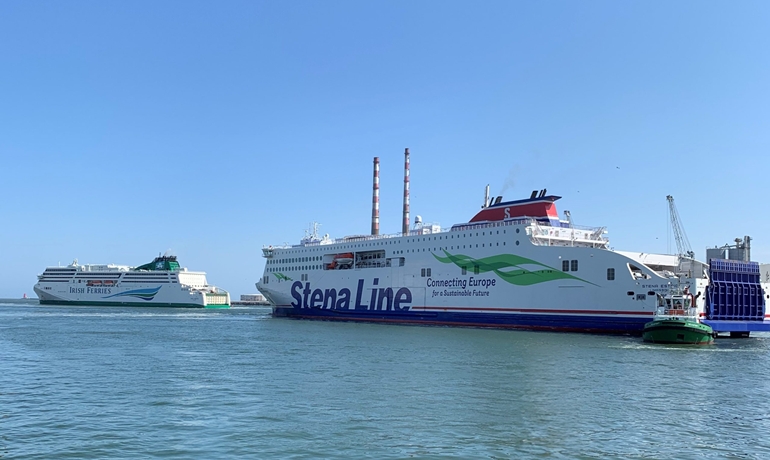
Holyhead-Dublin identified as a leading candidate for green shipping corridor
FerryThe ferry route between Dublin Port and the Port of Holyhead could serve as one of Europe’s first dedicated green shipping corridors, says a new study. The study also identified green methanol as a suitable candidate fuel for the corridor with the potential to reduce greenhouse gas emissions up to 80%.
The ‘Greening the Irish Sea – The Central Corridor’ study was led by Ricardo, a global environmental consultancy firm, working in partnership with ferry operators, Irish Ferries and Stena Line, as well as Dublin Port, the Port of Holyhead, and additional support from EDF UK R&D and Maynooth University.
The report explored the feasibility of establishing a low-emission shipping route, a “green corridor”, between Holyhead and Dublin. Methanol was found to be the most practical alternative fuel for this route, offering the possibility of retrofitting existing vessels and benefitting from established bunkering and handling experiences compared with other emerging fuels.
While additional safety measures are required, methanol presents fewer operational challenges compared to ammonia or hydrogen. Battery-electric solutions were also explored but deemed infeasible due to the high energy demand, vessel size and operational flexibility needed on this route.
The Holyhead-Dublin trade route is the busiest RoPax-based route between the UK and Ireland. In 2024, nearly 1.6 million people travelled this route, with over 6,000 sailings accounting for more than 70% of all ferry passenger movements between the two countries. The ports of Dublin and Holyhead serve as key economic gateways, with Dublin Port alone handling almost 80% of Ireland’s unitised freight. The study aims to advance the decarbonisation of this critical trade artery and furthermore aims to advance the decarbonisation of this critical trade artery.
Johan Edelman, Stena Line’s Irish Sea South Trade Director, said: “It is incredibly encouraging to see the results of this feasibility study highlight Dublin-Holyhead (here Stena Line operates STENA ESTRID and STENA ADVENTURER) as a potential green corridor. Sustainability is a strategic priority for Stena Line and as part of our long-term vision for a greener future, we commissioned two new freight ships for the Irish sea – both equipped to operate on methanol fuel (STENA FUTURA and STENA CONNECTA). These ships have been purpose-built for the Belfast – Heysham route with the first entered service on 22 September. We welcome government support to allow us to continue to offer cleaner more efficient transport solutions across our Irish Sea network.”
Irish Ferries Managing Director, Andrew Sheen, said: “We see a clear pathway toward operating a green corridor, but significant infrastructure development is needed across the supply chain to make alternative fuels cost-competitive with conventional options. We strongly urge our governments to reinvest the substantial revenues generated through carbon taxes into research, development, and the scaling of alternative fuels and their supporting infrastructure.” Irish Ferries operates ULYSSES and JAMES JOYCE on the Dublin-Holyhead route.
© Shippax
Oct 03 2025


